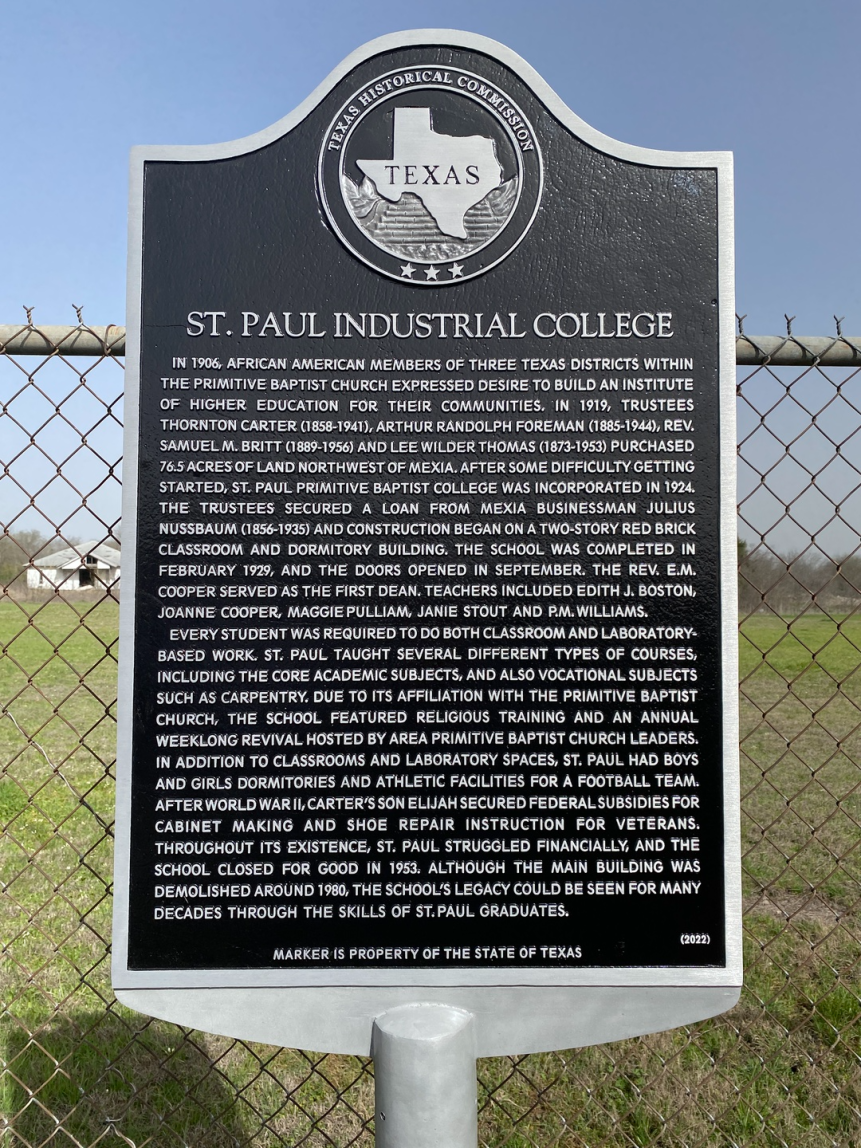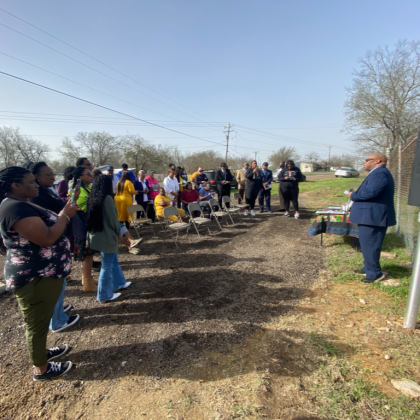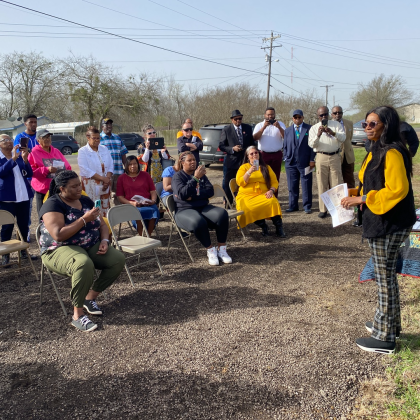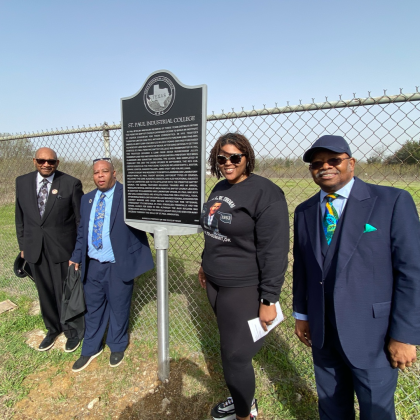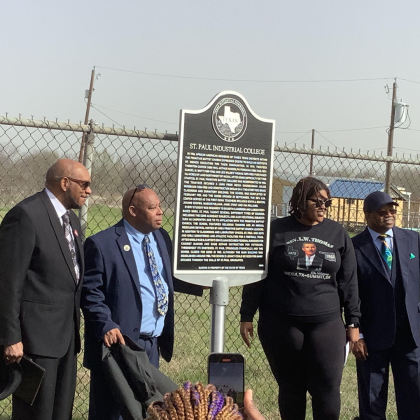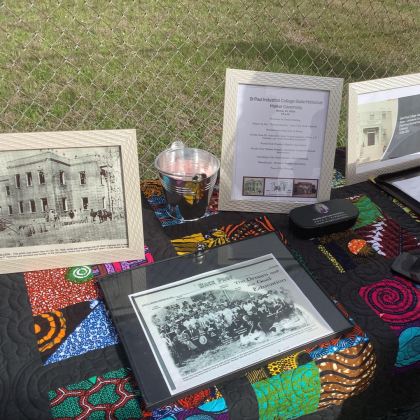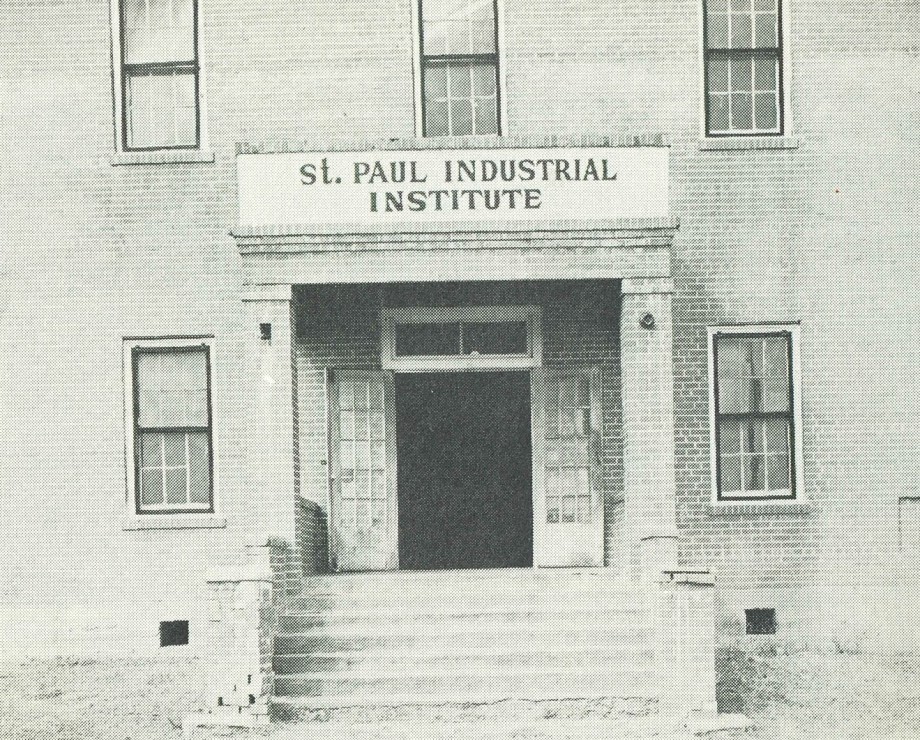St. Paul Industrial College
March 15, 2025
On a bright and beautiful Saturday morning, folks from all around gathered in Mexia to celebrate a piece of local history that holds a special place in many hearts: the St. Paul Industrial College. The State Historical Marker Ceremony kicked off at 10 a.m., bringing together community members, families, and friends to pay tribute to the college's lasting impact.
St Paul Industrial College was a small black college that existed in Mexia between 1929-1953.
Daniel Keeling opened the event with a warm welcome, setting a friendly and heartfelt tone that resonated with everyone present. Following his words, Rev. Thomas Dansby from Upon This Rock Church offered a prayer that filled the air with reverence and gratitude, asking for blessings on the gathering and for the legacy of the college.
Councilman Joyce Forge, representing the City of Mexia, took to the stage next, sharing a proclamation that celebrated the college's vital role in the community. Her words echoed the pride felt by many who had walked its halls and benefited from its mission of education and empowerment.
A particularly touching moment came when Dr. Schuyler Carter, granddaughter of Rev. L.V. Thomas—one of the college's founding members—shared her heartfelt memories. Her stories brought to life her grandfather's vision for education in the community, reminding everyone of the deep roots the college has in shaping lives.
Representatives from the Primitive Baptist Association also spoke, reinforcing the importance of the college within the community and its ongoing legacy of support and education. William Reagan from the Limestone County Historical Commission emphasized how crucial it is to remember and preserve the stories of St. Paul Industrial College, encouraging everyone to share these tales with future generations while explaining the Texas Untold Markers program offer by the Texas Historic Commission.
The highlight of the day was undoubtedly the unveiling of the State Marker, a moment filled with anticipation and pride. Daniel Keeling led the unveiling, and as the cloth was pulled away, a round of applause erupted, celebrating not just the marker itself but everything it represents.
To wrap up the ceremony, Rev. Henry Chambers from the Primitive Baptist Association delivered a thoughtful benediction, blessing the occasion and the marker that now stands as a proud reminder of the college's rich history.
As attendees left the event, there was a palpable sense of community and appreciation for St. Paul Industrial College. This ceremony not only honored the past but also inspired a commitment to carry its legacy forward, ensuring that its story continues to be told for generations to come.
St. Paul Industrial College
(Marker Text)
In 1906, African American members of three Texas districts within the Primitive Baptist Church expressed desire to build an institute of higher education for
their communities. In 1919, trustees Thornton Carter (1858-1941), Arthur Randolph Foreman (1885-1944), Rev. Samuel M. Britt (1889-1956) and Lee Wilder Thomas (1873-1953) purchased 76.5 acres of land
northwest of Mexia. After some difficulty getting started, St. Paul Primitive Baptist College was incorporated in 1924. The trustees secured a loan from Mexia businessman Julius Nussbaum (1856-1935)
and construction began on a two-story red brick classroom and dormitory building. The school was completed in February 1929, and the doors opened in September. Rev. E. M. Cooper served as the first
dean. Teachers included Edith J. Boston, Joanne Cooper, Maggie Pulliam, Janie Stout, and P. M. Williams.
Every student was required to do both classroom and laboratory-based work. St. Paul taught several different types of courses, including the core academic subjects, and also vocational subjects such as carpentry. Due to its affiliation with the Primitive Baptist Church, the school featured religious training and an annual weeklong revival hosted by area Primitive Baptist Church leaders. In addition to classrooms and laboratory spaces, St. Paul had boys and girls dormitories and athletic facilities for a football team. After World War II, Carter’s son Elijah secured federal subsidies for cabinetmaking and shoe repair instruction for veterans. Throughout its existence, St. Paul struggled financially, and the school closed for good in 1953. Although the main building was demolished around 1980, the school’s legacy could be seen for many decades through the skills of St. Paul graduates.
(2022)
